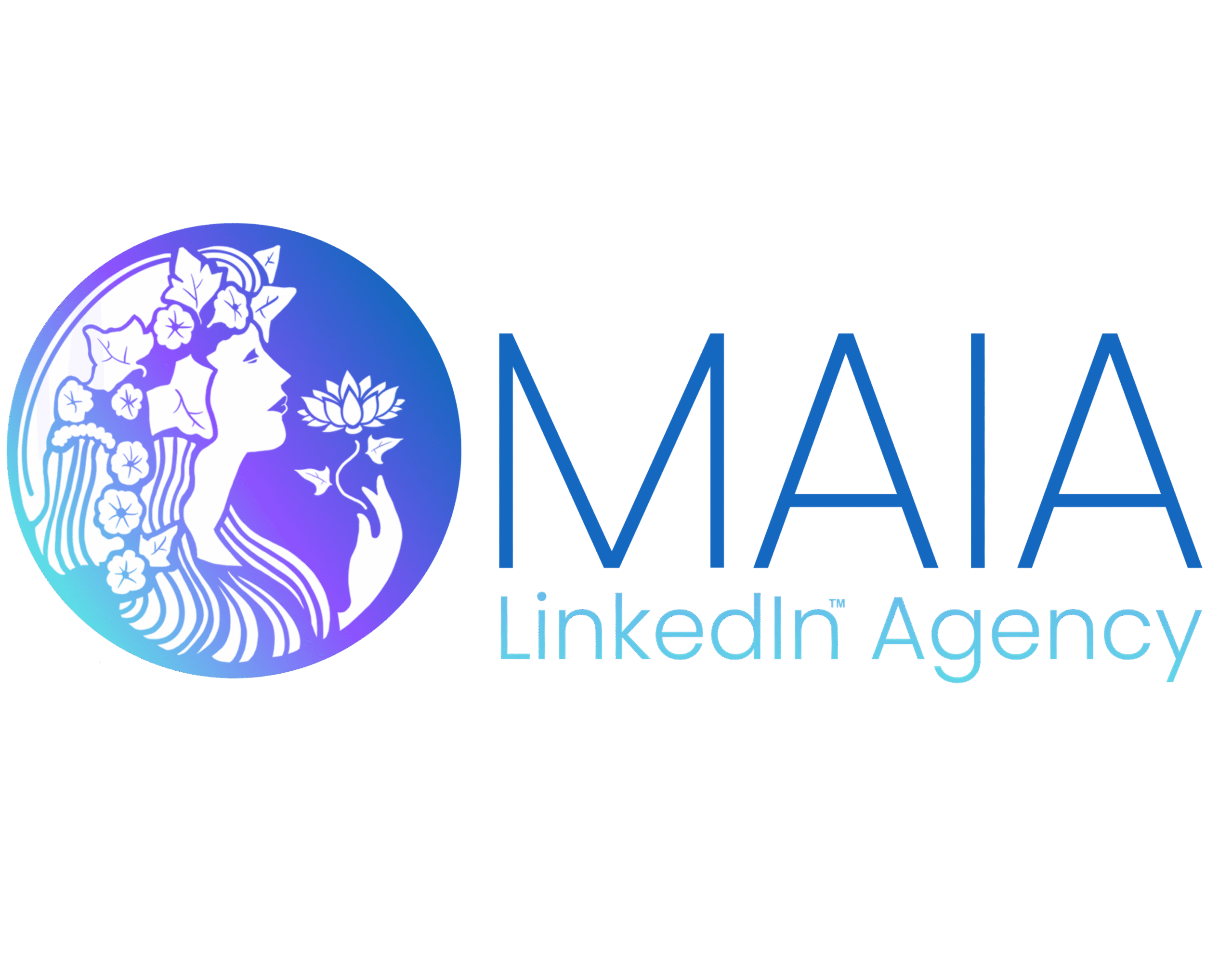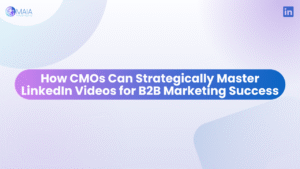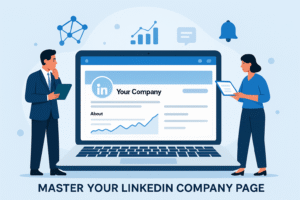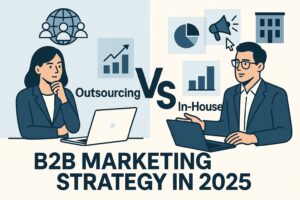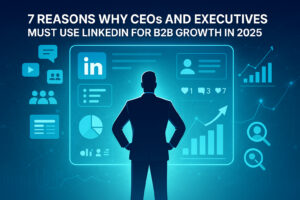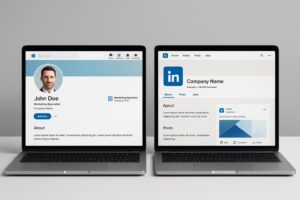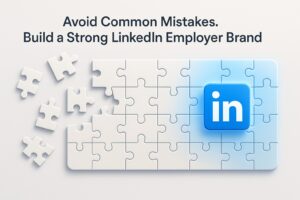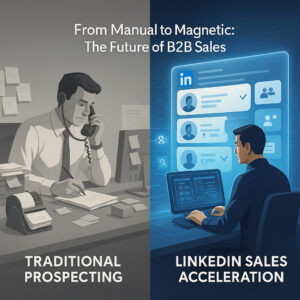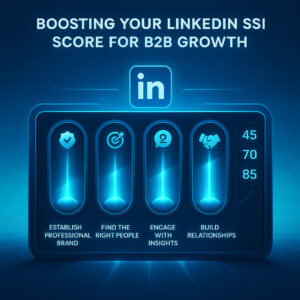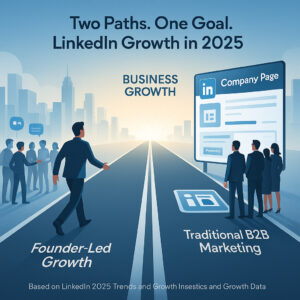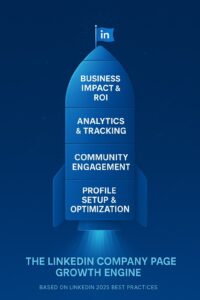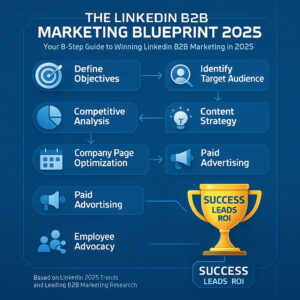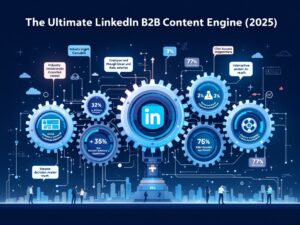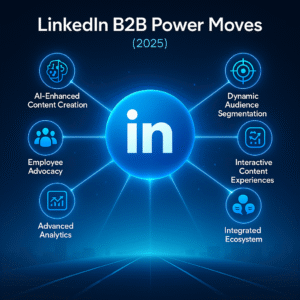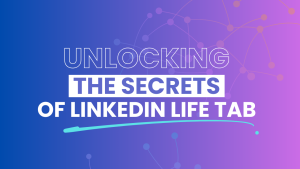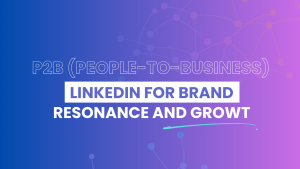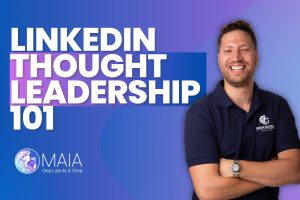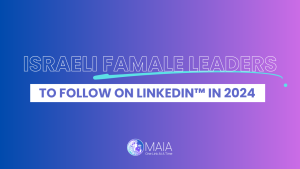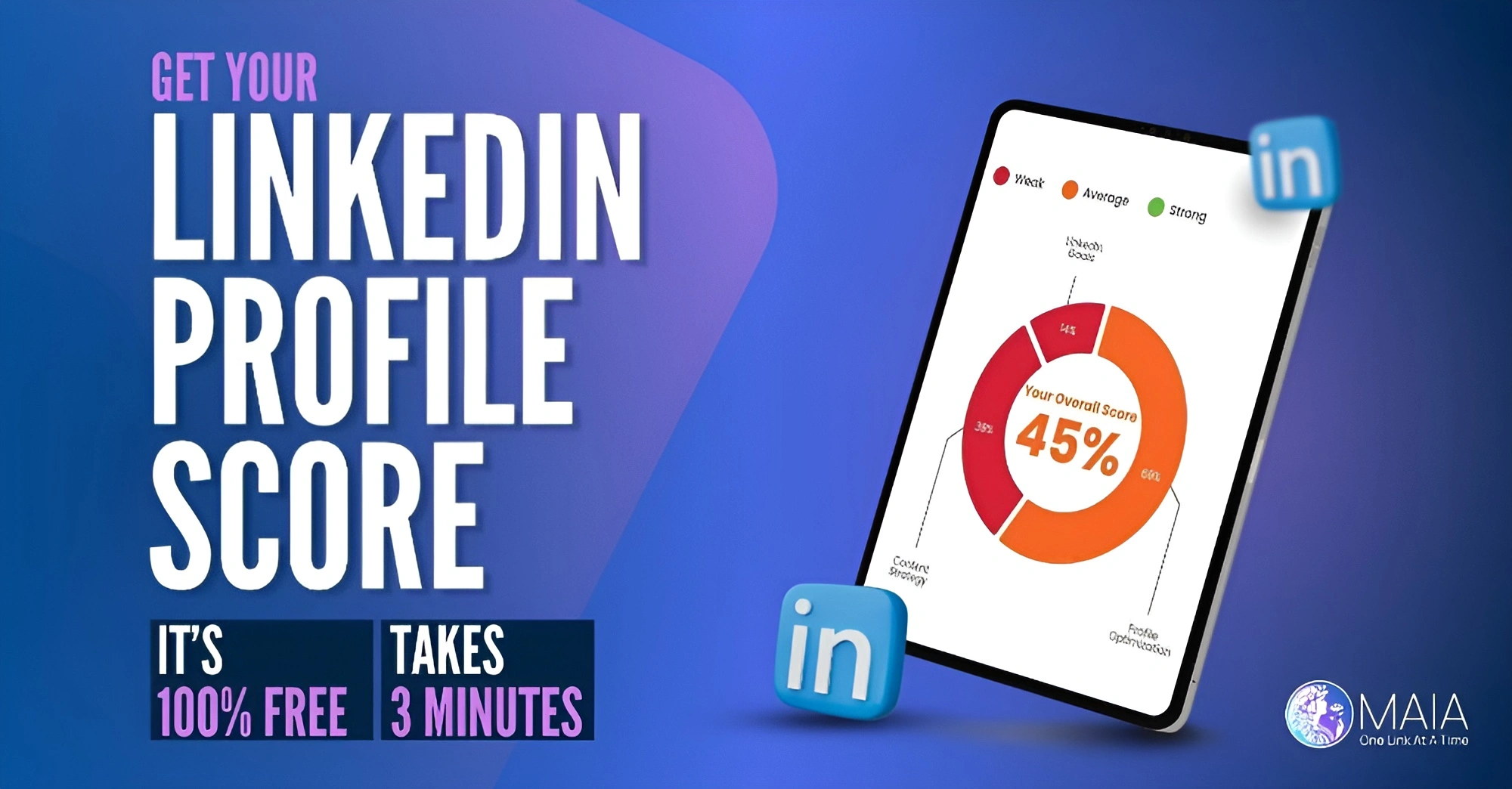Optimizing your LinkedIn profile is a mission-critical strategy for executive job seekers who want to secure their next leadership role. With global recruiters and business decision-makers increasingly relying on LinkedIn as their primary platform for identifying top-tier talent, the way you present yourself online can make the difference between being overlooked and landing a coveted executive opportunity. A meticulously crafted profile elevates your professional brand, signals credibility, and opens doors to high-impact roles in today’s competitive market.
How to Optimize Your LinkedIn Profile to Land Your Next Executive Role
Introduction: The Importance of LinkedIn for Executive Job Seekers
LinkedIn has become the central professional network for executives navigating their next career move. More than a digital resume, it serves as a dynamic platform where your expertise, achievements, and thought leadership are on display for recruiters, board members, and business partners worldwide. For executive candidates, the stakes are especially high. Your profile not only needs to capture attention but also convey the gravitas and vision required at the C-suite level.
The executive job market is fiercely competitive. Standing out requires a profile that goes well beyond listing job titles and responsibilities. Every section must be purposeful, from your headline to your recommendations, illustrating both your strategic impact and leadership style. With organizations prioritizing digital transformation, innovation, and agile leadership, your LinkedIn presence must reflect an up-to-date, forward-thinking executive brand. When optimized effectively, your profile will enhance visibility, draw inbound interest from recruiters, and position you as a leader in your field.
Understanding the nuances of LinkedIn optimization is essential for senior professionals. Whether you’re actively seeking new opportunities or simply staying open to possibilities, investing in your LinkedIn profile is one of the highest ROI activities you can undertake during your executive job search.
Crafting a Compelling Headline and Summary
Your headline and summary are the first and sometimes only sections recruiters read before making a decision to learn more. These elements serve as your digital elevator pitch, distilling years of leadership experience into a few impactful lines. According to LinkedIn, “Profiles with strong headlines receive 30% more profile views.” This means that your headline must do more than state your current title; it should capture your unique value proposition, expertise, and leadership ethos.
Instead of defaulting to titles like “CEO” or “Managing Director,” use your headline to highlight transformational achievements or areas of specialization. For example, “Transformational CEO | Driving Digital Innovation & Sustainable Growth” is far more compelling and discoverable in recruiter searches than simply listing your title. This approach also subtly signals the scale and impact of your leadership.
Your summary section should go beyond a chronological career recap. Use this space to craft a compelling narrative about your executive journey – what drives you, signature achievements, and what sets your leadership apart. Consider including:
-
Your leadership philosophy and values
-
Core competencies relevant to target roles (e.g., mergers & acquisitions, cross-border leadership, digital transformation)
-
Key milestones and quantifiable impacts
-
A call to action, such as “Let’s connect to discuss innovation in the healthcare sector” or “Open to board advisory opportunities in fintech”
Keep your language concise, authentic, and in the first person to foster trust and approachability. The summary is your chance to create an immediate, human connection with decision-makers who may only skim your profile. An effective summary will not only increase your discoverability but also encourage recruiters and peers to reach out for further conversations.
Showcasing Executive Experience and Achievements
For executive-level professionals, the Experience section is the heart of your LinkedIn profile. Here, you must demonstrate the scale, complexity, and results of your leadership. Avoid generic job descriptions; instead, focus on specific, quantifiable outcomes that highlight your ability to drive organizational growth, lead transformation, and deliver shareholder value.
When describing each role, use bullet points to bring attention to:
-
Revenue growth or cost savings: Detail the percentages, dollar amounts, or efficiencies achieved under your stewardship.
-
Strategic initiatives: Highlight major projects you’ve led, such as digital overhauls, turnarounds, or market expansions.
-
Team leadership: Mention the size and geographic scope of teams managed, as well as talent development and succession planning successes.
-
Mergers, acquisitions, or partnerships: Outline your role in high-stakes deals and the value delivered to stakeholders.
-
Industry recognition: Include awards, board appointments, or media mentions that validate your executive credentials.
Whenever possible, back up your statements with data and outcomes. For instance: “Drove 32% revenue growth in EMEA region over 24 months through market entry strategy and digital sales enablement.” This not only builds credibility but also provides recruiters with the proof points they need to envision you in their organization.
Enhance your executive narrative by uploading supporting media such as presentations, published articles, or press coverage. This visual evidence reinforces your claims and gives additional depth to your achievements. Finally, ensure your experience descriptions mirror the keywords and priorities of the roles you are targeting—this alignment improves your chances of being surfaced in recruiter searches and positions you as a strategic fit for your next executive opportunity.
Highlighting Leadership Skills and Securing Endorsements
At the executive level, skills and endorsements are powerful trust signals for both human recruiters and LinkedIn’s search algorithm. A skills section that accurately reflects your expertise and is supported by peer endorsements will elevate your profile’s credibility and visibility.
Curate a list of 50-100 skills that align with your executive brand and target industries. These might include Strategic Planning, Change Management, Board Leadership, Digital Transformation, Corporate Governance, or P&L Management. Keep this section up to date, adding new competencies as your role evolves. We recommend to add more skills to index your profile with. They can appear in searches and there are jobs that search for specific skills on your profile.
Proactively request written recommendations as they are especially impactful at the executive level. Reach out to direct reports, supervisors, or partners for testimonials that highlight your leadership style, vision, and results. These recommendations can be the deciding factor for recruiters evaluating top-tier candidates. Aim for 2-3 new ones every year. The more the better.
Consistently updating your skills and seeking endorsements demonstrates active engagement and commitment to professional growth—both highly valued traits in executive recruitment.
Engaging with Industry Content and Demonstrating Thought Leadership
Active engagement with industry content is a hallmark of executive thought leadership. By sharing relevant articles, commenting on sector trends, and publishing original insights, you not only elevate your own profile but also contribute value to your broader network.
Executives who consistently share high-quality content become recognized voices in their space. Consider publishing LinkedIn articles on topics like digital disruption, emerging market strategies, or leadership in times of crisis. According to LinkedIn, LinkedIn videos are shared 20 times more than other content formats, making video posts a powerful avenue for amplifying your message.
By positioning yourself as a thought leader, you not only attract the attention of recruiters but also expand your influence within your industry.
This consistent engagement ensures your profile remains visible and top-of-mind for those seeking executive talent, making it easier for the right opportunities to find you.
Optimizing Your Profile for Recruiter Searches
Optimizing your LinkedIn profile for search is essential for being discovered by executive recruiters. Your objective is to ensure that your profile is surfaced when recruiters search for specific leadership roles or industry expertise. This involves strategic use of keywords, profile completeness, and signaling your availability for new opportunities.
Integrate industry-specific keywords naturally throughout your headline, summary, and experience sections. These keywords should reflect the titles, skills, and achievements most relevant to your target positions. A comprehensive profile is also crucial—include a professional headshot, detailed work history, education, and a robust skills section. Remember, LinkedIn profiles with professional headshots receive 14 times more views and 36 times more messages than those without.
Take advantage of LinkedIn’s #OpenToWork feature to discreetly indicate your openness to new roles. LinkedIn members using #OpenToWork receive 40% more InMails from recruiters. For executives conducting a confidential search, choose the option to show your status only to recruiters to maintain privacy.
Regularly update your profile to reflect new responsibilities, projects, or skills. An active, current profile signals to recruiters that you are engaged and ready for your next executive challenge. For additional insights and hands-on support, visit https://team-maia.com/.
Leveraging LinkedIn Features to Enhance Visibility
LinkedIn offers a suite of features designed to boost your profile’s visibility and engagement. Executives who strategically leverage these tools enjoy greater reach and more inbound opportunities.
-
Featured Section: Use this to spotlight key media, such as interviews, whitepapers, or press releases that showcase your expertise and achievements.
-
Rich Media in Experience: Attach presentations, videos, or case studies to relevant roles for added credibility.
-
LinkedIn Publishing: Regularly publish long-form posts or articles demonstrating your insights on leadership, innovation, or industry trends. This will position you as a thought leader and attract high-level connections.
-
Video Content: LinkedIn videos are shared 20 times more than other content formats. Video is the number growing format on LinkedIn with a 36% growth YoY. Leverage short, impactful videos to discuss leadership topics or share your perspectives on current events.
-
Open Profile: Enable this feature to allow anyone to message you, expanding your accessibility to recruiters, partners, and industry peers.
By consistently utilizing these features, you not only increase your visibility but also create multiple touchpoints for interaction with potential employers and collaborators. An active, multimedia-rich profile signals energy, innovation, and approachability, qualities highly valued in executive recruitment.
Building and Expanding Your Professional Network
For executives, a strong LinkedIn network is both a resource and a signal of influence. Cultivating a diverse, engaged network expands your reach, facilitates introductions, and increases the likelihood of receiving referrals for high-level opportunities.
Begin by connecting with past and present colleagues, board members, and industry leaders. Personalize your invitations to remind contacts of your shared history or mutual interests. Participate in alumni and industry groups to identify new connections and stay informed about sector developments.
Regularly engage with your network by sharing updates, congratulating others on achievements, and offering insights on posts. This activity keeps your profile top-of-mind and encourages reciprocal engagement. Remember, the quality of your network—trusted advocates and industry influencers—often matters more than sheer numbers, particularly at the executive level.
Utilizing LinkedIn’s Job Search Tools Effectively
LinkedIn provides a robust suite of job search tools specifically designed to help executives uncover new opportunities. Begin by setting up job alerts for roles matching your expertise and preferences. Use advanced search filters to target opportunities by industry, company size, region, or specific leadership function.
Engage directly with recruiters by expressing interest in posted positions and following up with personalized messages. Use LinkedIn’s “Easy Apply” feature for streamlined applications and always tailor your executive summary or cover note to the specific organization and role. These tools, when used strategically, can significantly accelerate your executive job search.
Frequently Asked Questions (FAQs)
1. How important is a professional headshot for my LinkedIn profile?
Extremely important. According to LinkedIn, LinkedIn profiles with professional headshots receive 14 times more views and 36 times more messages than those without. A high-quality, executive-appropriate photo instantly communicates professionalism and approachability.
2. What are the best practices for writing an executive LinkedIn headline?
Go beyond your job title. Incorporate industry keywords and communicate your unique value proposition—what sets you apart from other leaders. For example, “Global COO | Scaling Operations & Driving Digital Transformation” is more compelling than just “COO.” Remember, Profiles with strong headlines receive 30% more profile views.
3. How many skills should I list on my LinkedIn profile?
It’s recommended to list at least 50-100 relevant skills, but ideally executives should showcase skills that reflect their leadership experience and industry focus. We recommend to add more skills to index your profile with. They can appear in searches and there are jobs that search for specific skills on your profile.
4. Should I use #OpenToWork if I’m conducting a confidential executive search?
Yes, but use the privacy settings to restrict visibility to recruiters only. This discreetly signals your openness to new opportunities without broadcasting your search to your entire network. LinkedIn members using #OpenToWork receive 40% more InMails from recruiters.
5. How can I demonstrate thought leadership on LinkedIn?
Share articles, comment on industry trends, and publish original posts or videos. Video content, in particular, is highly effective—LinkedIn videos are shared 20 times more than other content formats. Consistent engagement builds your reputation as an industry leader.
6. What is the most overlooked LinkedIn feature for executives?
The Featured section. This area allows you to showcase high-impact media, such as interviews, publications, or keynote speeches, offering tangible proof of your executive influence.
7. Why is networking on LinkedIn crucial for executives?
Networking expands your visibility, increases referrals, and connects you with decision-makers and influencers who can open the door to unadvertised executive roles. A well-cultivated network is often the key to discovering and landing your next leadership opportunity.
For more expert guidance on optimizing your LinkedIn profile for executive job search, visit https://team-maia.com/
